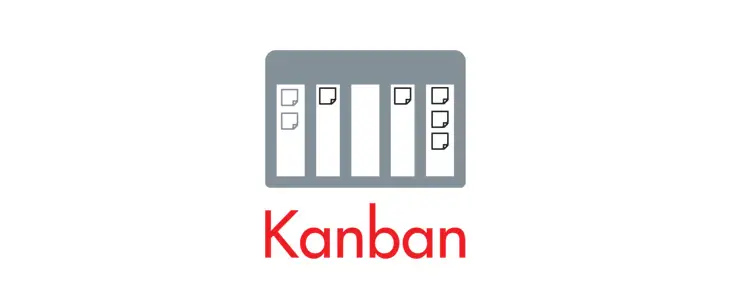Kanban is very popular among software development teams because it allows for real-time communication and the transparency of task allocation and responsibility. Both of these things are very important for the timely completion of any software or web development project. Projects are broken down into initiatives, epics, and user stories added, all of which are used to get to the final completed projects (see this kanban board example to get an idea).
Since Kanban initiatives have the most impact on any project, we are going to look at the advantages they offer teams that use Kanban as part of their agile methodologies.
They Give a Precise Product If Feature Release Order
Kanban initiatives give direction on decision-making and help a team navigate a project. Because of this, Kanban initiatives are used to form the roadmap that a team uses to complete a web development project. This can be a precise order for the development and deployment of a website. For example, if the initiative is to have the website deployed by a certain date, epics that support the main initiative can be developed to tell the team when each part of the project needs to be finished.
Kanban Initiatives Lets Teams Focus on the Most Important Things
Kanban initiatives tell teams what would add the most value to a project and lets them focus on that first. This way, a team can have a website out of the web development timeline as fast as possible. Everything else that is not relevant or pressing at this time is pushed back to be worked on later. Things such as getting the website online, fixing broken features like registration forms, or failed deploys are all important and need to be dealt with first before bugs can be squashed or new features added.
They Make it Easy for Everyone to Know Their Tasks
When working on larger projects, it can be challenging to communicate with team members the process structure that is going to be followed. Kanban initiatives can be broken down into epics with a single team member, or whole team if the project is large enough, responsible for just a single project epic. When using Kanban, every member of the team can see what tasks they are responsible for, whether they are working alone or in a team. This allocation of tasks and the ability to see who is responsible for what is at the heart of Kanban software.
They Allow Developers to Focus on Work
A lot of time is wasted as a developer decides what they want to work on. Using Kanban initiatives and Kanban itself, a developer already knows what they are responsible for doing each day or week because the team leader or manager has already decided it for them. This leads to a reduction in the time wasted before making a decision, allows developers to focus on work, and helps them do a lot more.
Features Are Added as Soon as They Are Needed
Since Kanban initiatives set the overall theme for a project, once a new feature that enhances the project comes along, developers add it without having to assess it. This streamlines the feature-addition process and saves a lot of time too.
They Improve Team Cohesion
Once you have Kanban initiatives in place, testers can start working on the website as soon as developers are done. This ensures the testers do not come up with bugs long after a developer has forgotten about the project or what features they added in. This allows for better team cohesion and faster product releases as a whole team can work on one project before moving on to another one.
There is also better coordination among team members. This is because once team members understand the overall goal of the project and need to see what others are working on or know what they should be working on next, they just need to look at the Kanban board.
They Help Teams Keep Deadlines
Kanban initiatives save developers a lot of time by ensuring the team is working in tandem and that developers handle one task at a time. This makes it possible for teams to complete projects faster. Kanban also encourages the use of boards over direct communication. Here, a team member can see what everyone else is working on, and they do not need to ask. In other agile methodologies, communication takes about 30% of the time, as team members ask and relay information to each other. Because teams do not have to do that in a Kanban system, they can use that time to work on the project. An added advantage of this is that the company can make much more money because they take less time to complete a project.
Conclusions
Kanban has revolutionized the way agile teams work: the breakdown of projects into initiatives, epics, and tasks has made it even easier for teams to complete complex projects in a fraction of the time they would have needed previously.

